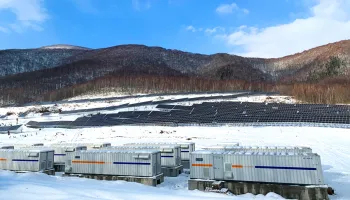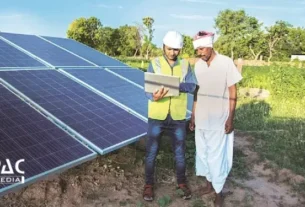Who and What
The state’s Renewable Purchase Obligation (RPO) and Renewable Energy Certificate (REC) frameworks have been updated by the Chhattisgarh State Electricity Regulatory Commission (CSERC) with the introduction of the Draft Second Amendment Regulations, 2025. The effective date of these draft regulations is April 1, 2025.
Important Updates & Compliance Schedule
Included are captive and fossil-based cogeneration plants. RPO requirements will be applied to captive consumers for the first time, including those that are fueled by cogeneration using fossil fuels. Due to late-year inclusion, their initial goal for FY 2025–2026 is 50% of the appropriate RPO, prorated.
Targets for Graduated RPOs (2025–2030):
Total RPO for FY 2025–2026: 33.01% (of which 16.505% is for captive users)
Total RPO for FY 2029–2030: 43.33%
Energy from sub-10 MW projects with net or virtual metering is included in distributed RPO, with a default multiplier of 3.5 kWh per kW per day in the event that real-time data is not provided.
ESO, or the New Energy Storage Obligation
Starting at 1% in FY 2023–2024 and increasing to 4% by FY 2029–2030, an Energy Storage Obligation has been implemented.
At least 85% of the energy that is stored must come from renewable sources in order to be eligible.
This duty will be taken into account for calculating overall RPO compliance.
Why This Is Important for Greater Inclusion:
In accordance with national climate alignment and court rulings like as the 2024 APTEL case, captive and co-generation users are now subject to RPO regulations for the first time.
Distributed Energy: Mandatory rooftop and behind-the-meter renewable energy inclusion encourages decentralized generation and promotes broader adoption.
New Attention to Energy Storage: Enforcing storage adoption highlights how batteries and hybrid systems support renewable energy sources in grid operations.
Compliance Ramp-Up: Over the next five years, obligated companies will be ready for more stringent renewables integration thanks to the increased trajectory of responsibilities.
Overall Conclusion
By extending responsibilities to captive and co-generation users, accounting for distributed solar, and integrating energy storage into compliance planning, Chhattisgarh’s draft RPO regulations represent a significant regulatory progression. The state’s dedication to expanding renewable energy and facilitating a more robust, low-carbon power future is demonstrated by these modifications.




